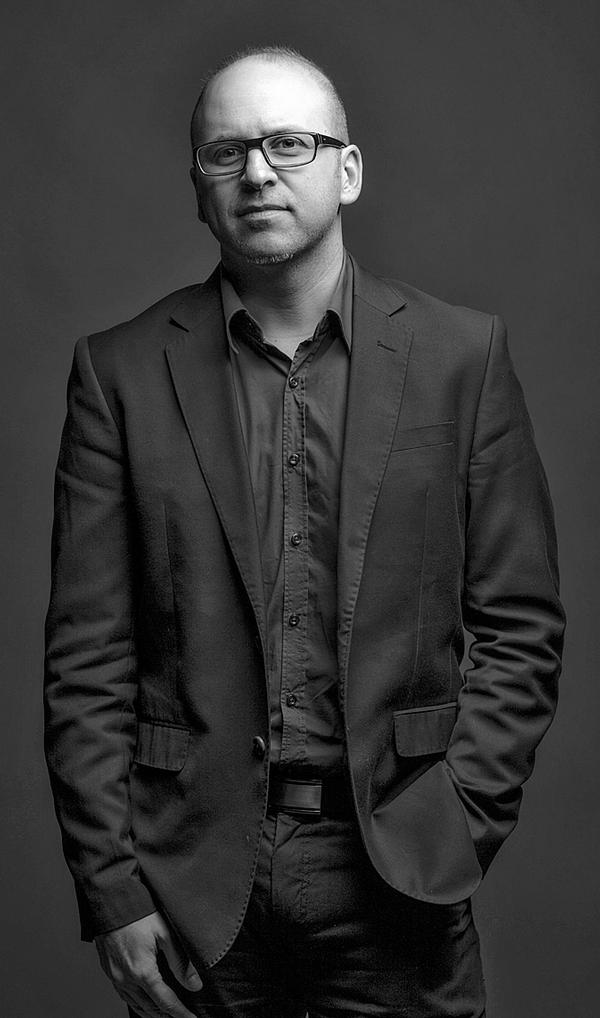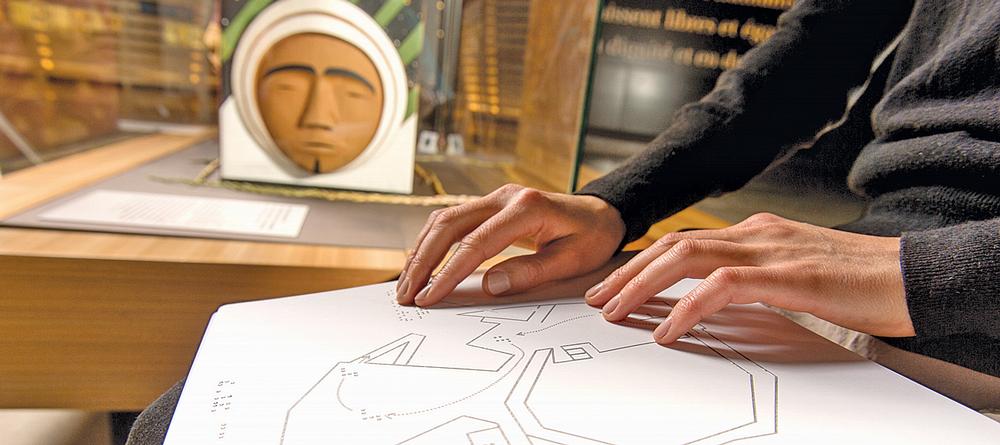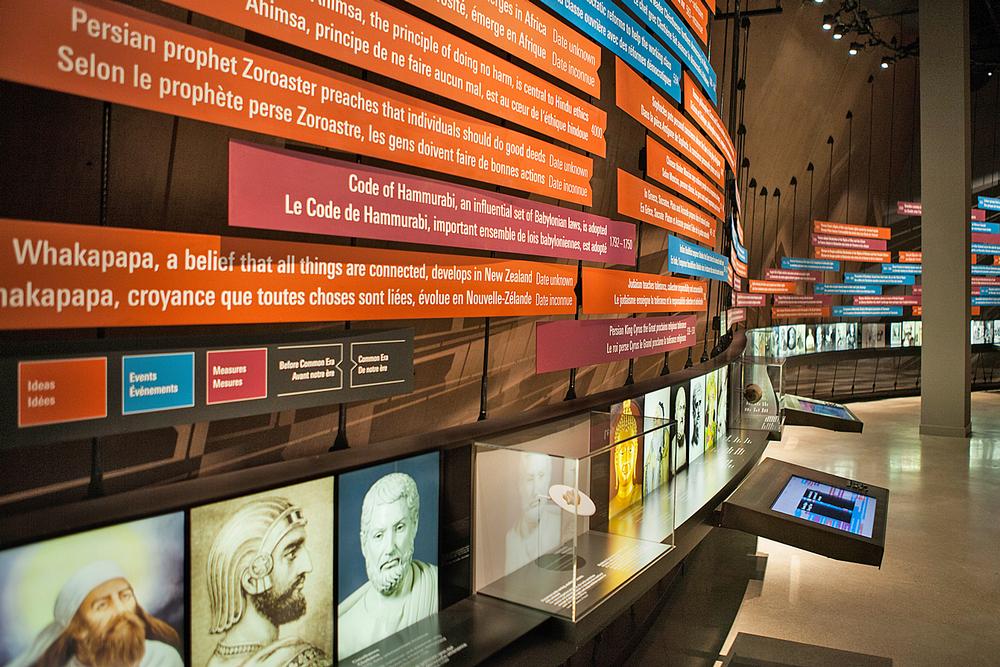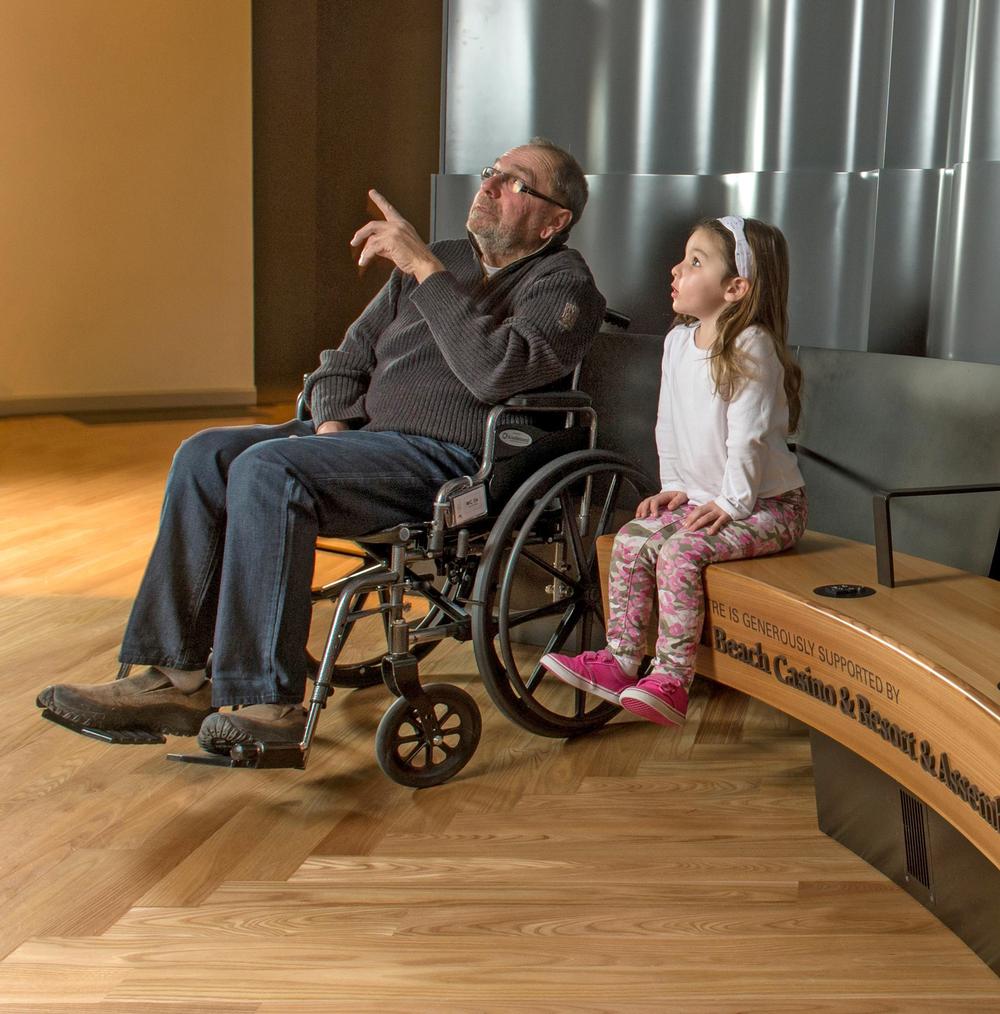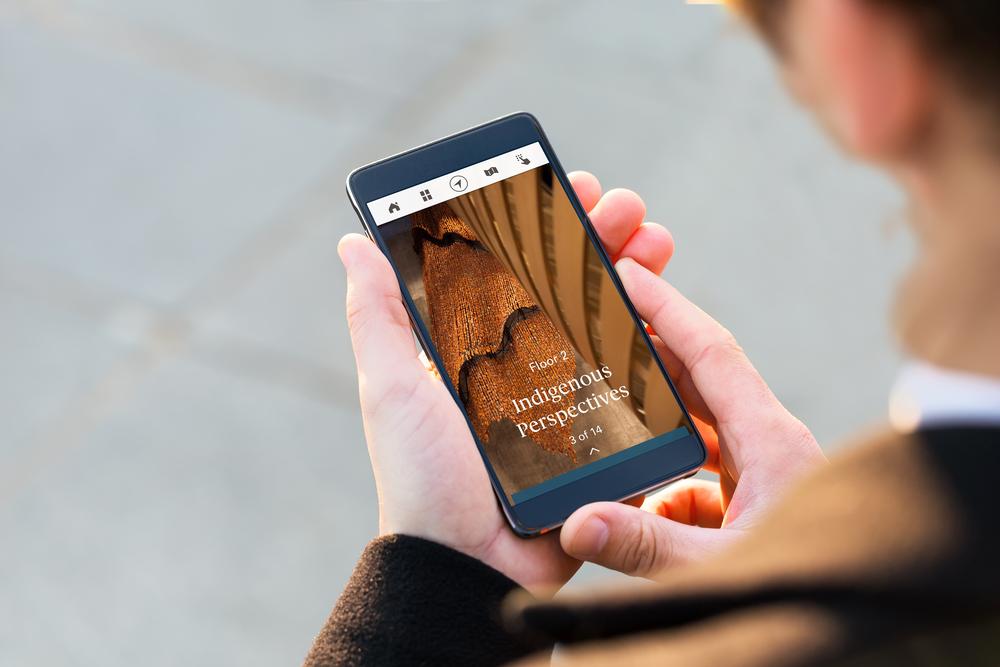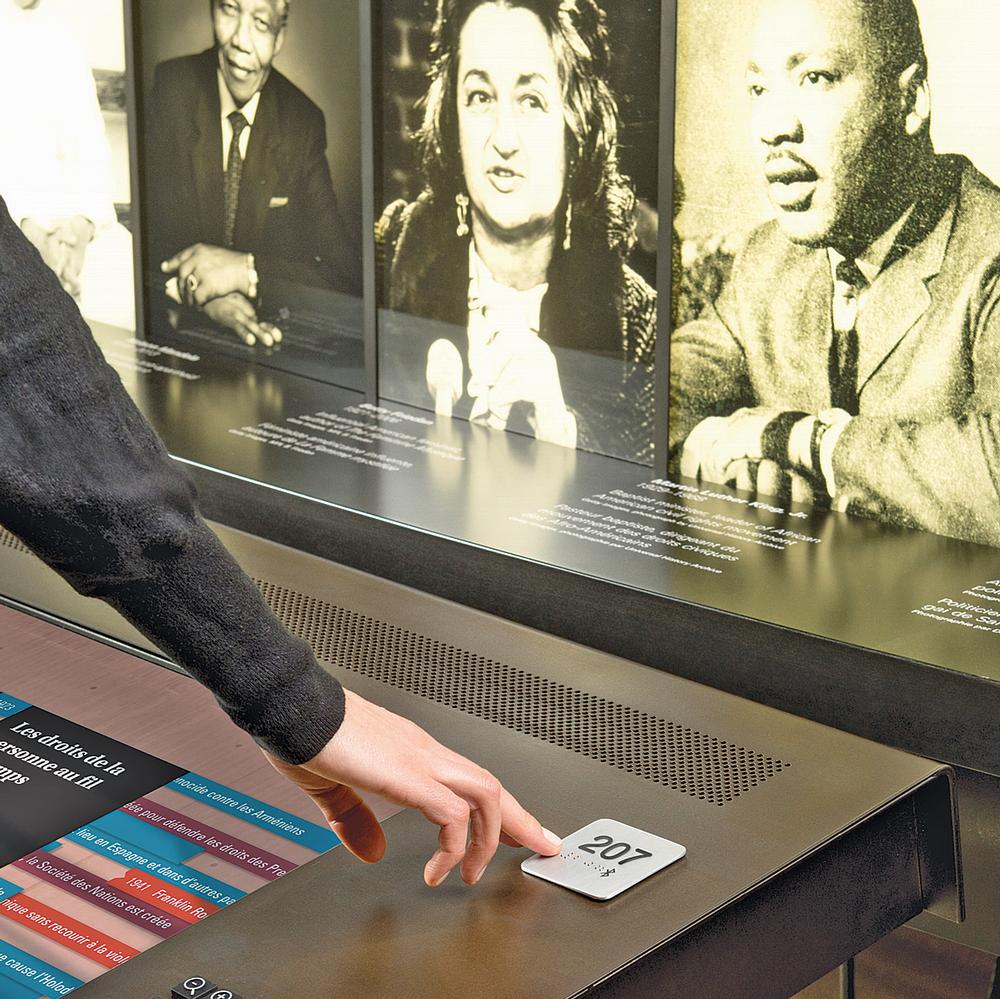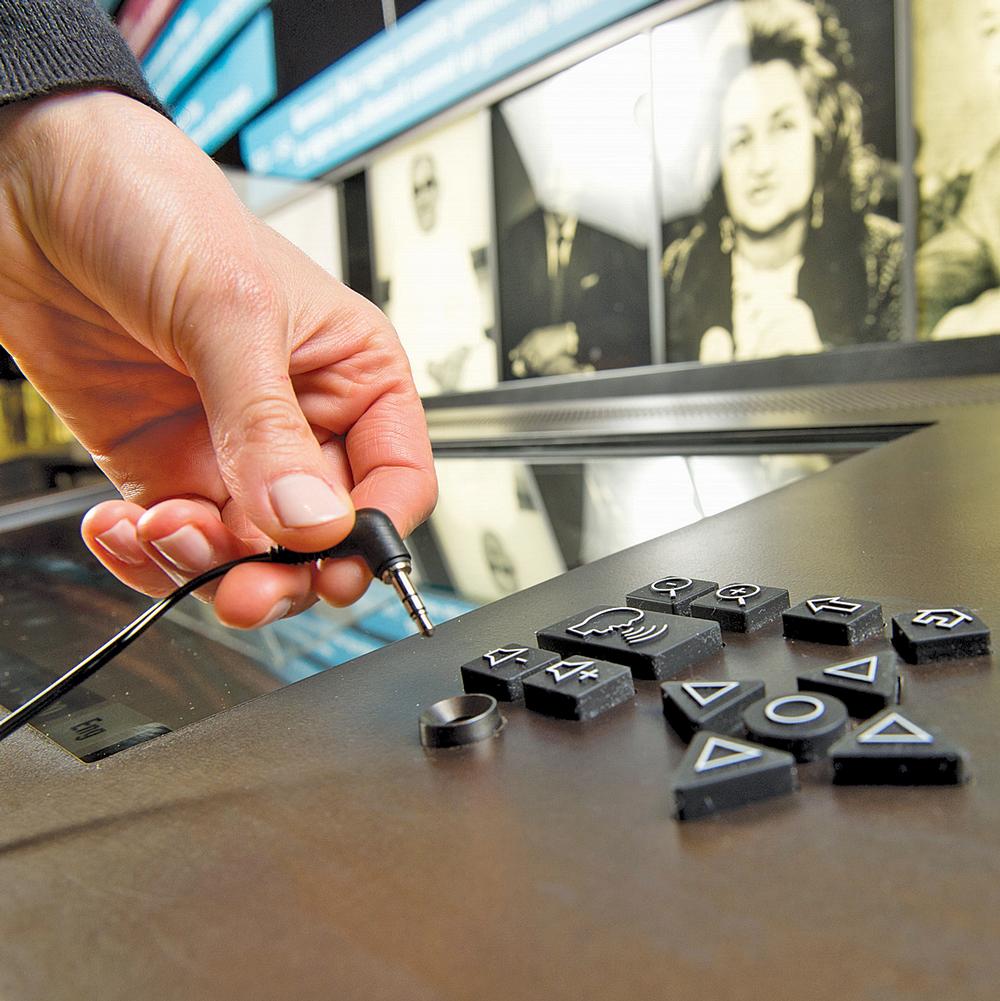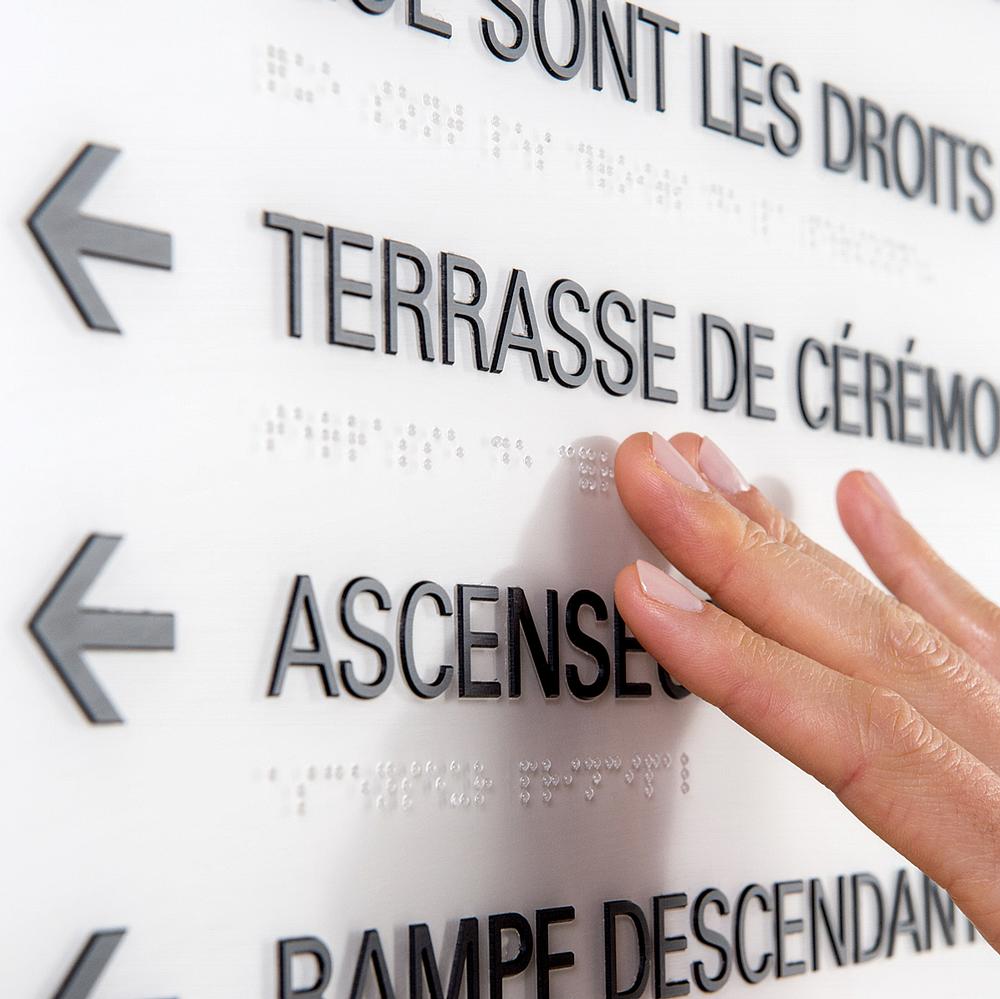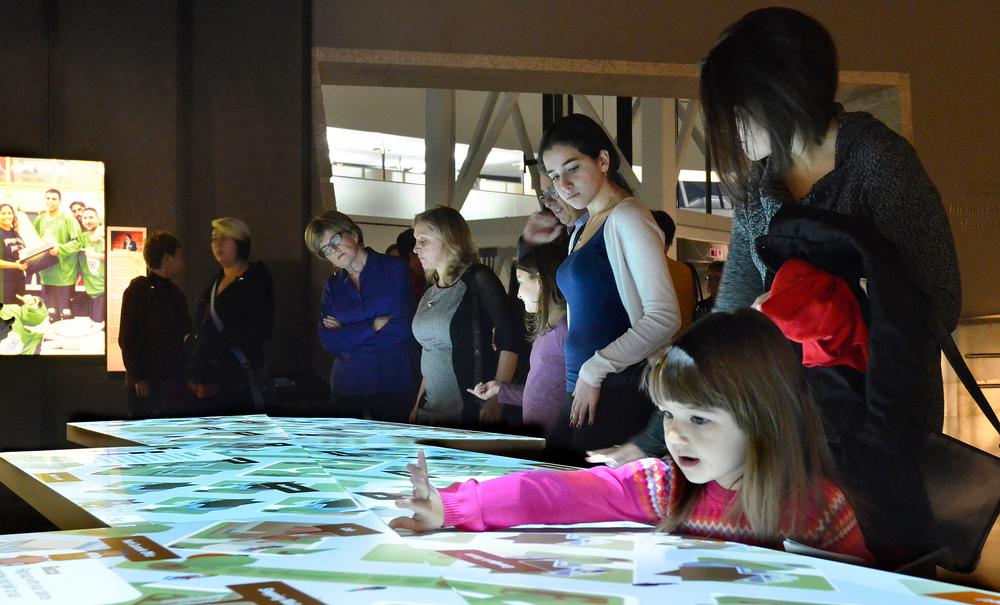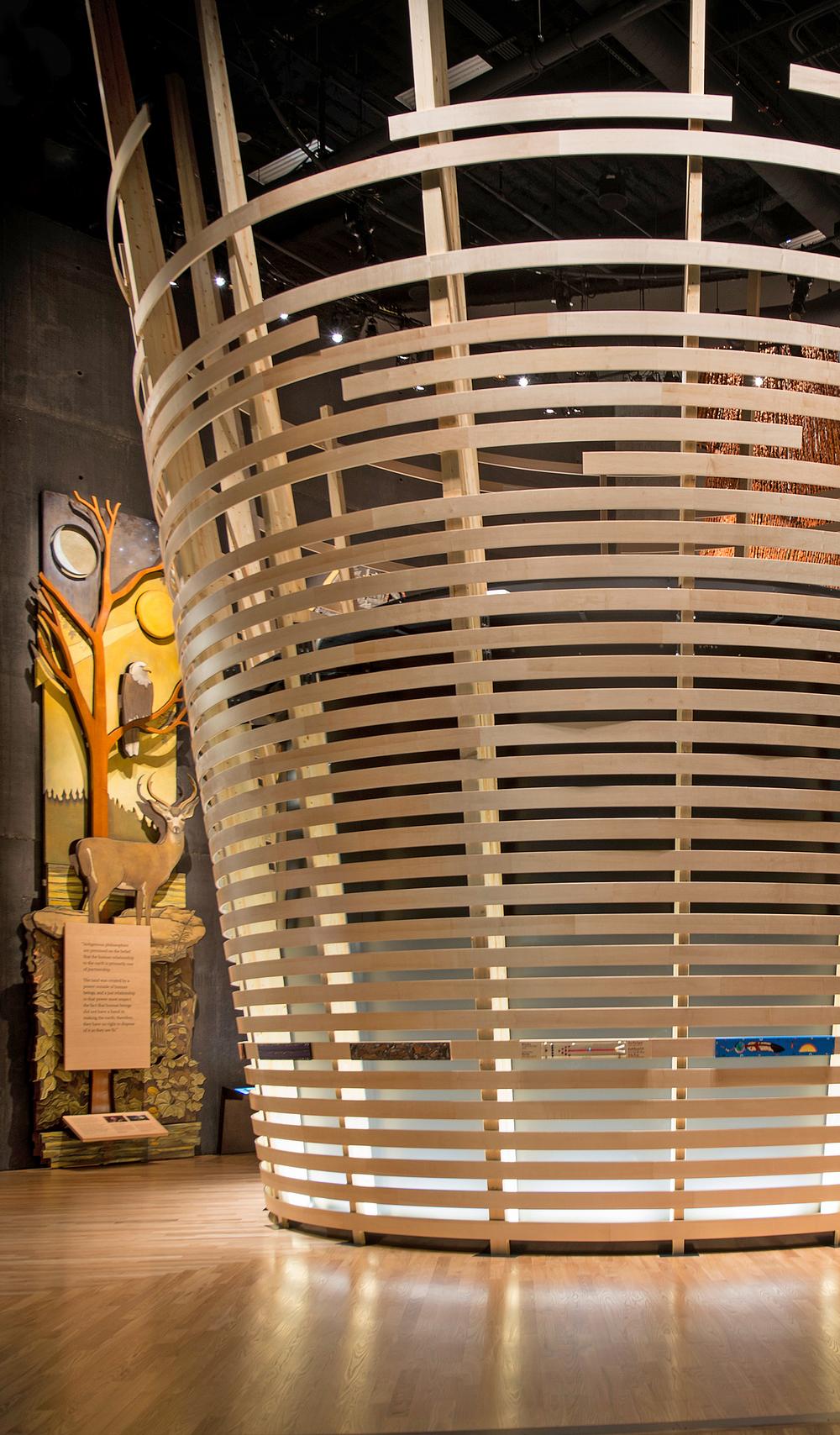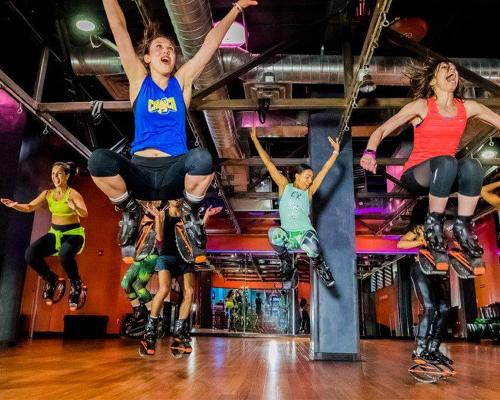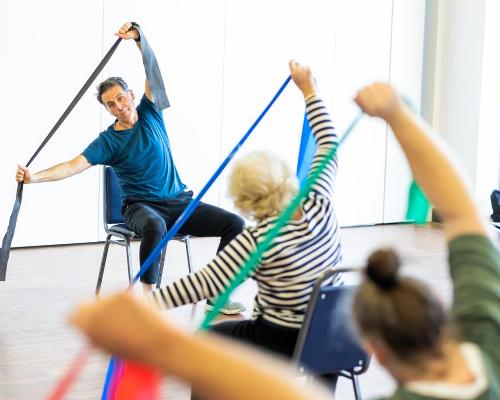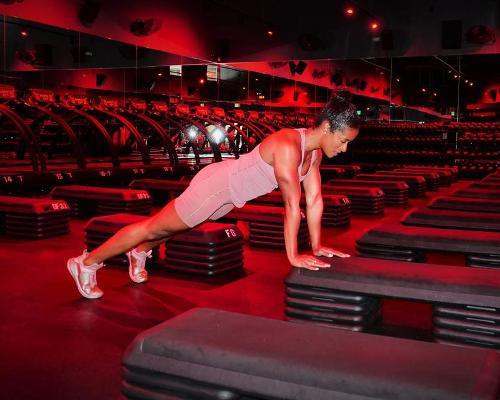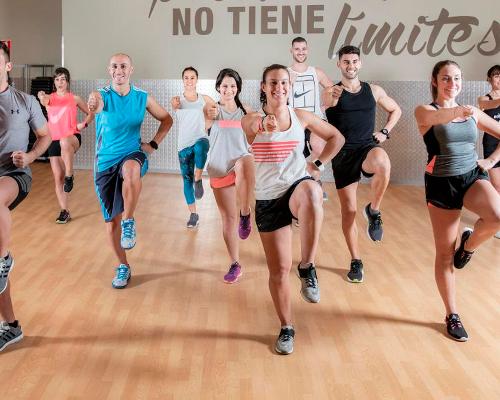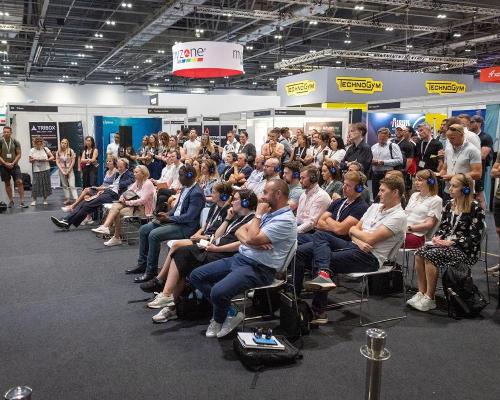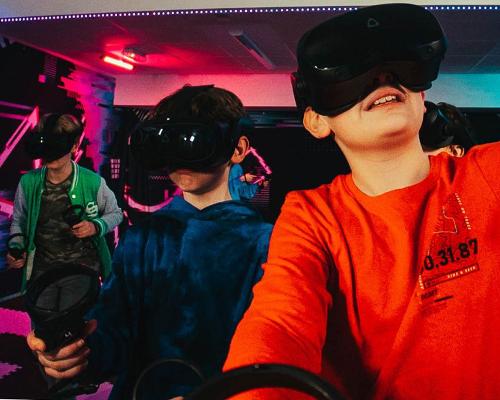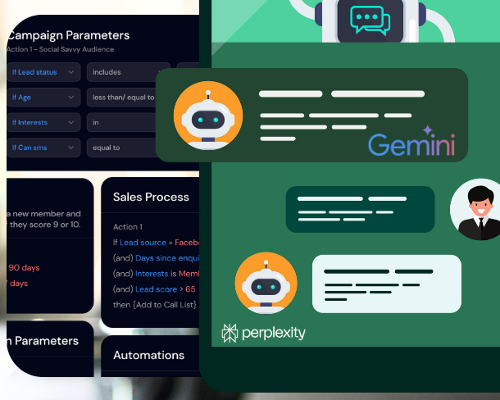features
Insights: Museum Design: Inclusive design and universal accessibility at the Canadian Museum for Human Rights
Built on bold foundations, the exhibitions team at the Canadian Museum for Human Rights hit the nail on the head when they embraced the voice of the disability community. Corey Timpson shares their ambitious approach to inclusive design
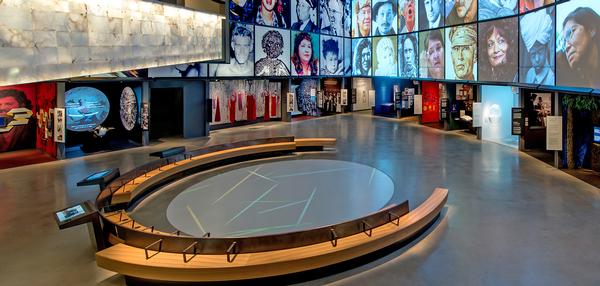
Four years before the Canadian Museum for Human Rights (CMHR) opened its doors, the exhibitions team faced a critical moment. While making a presentation to the Council of Canadians with Disabilities (CCD), the team encountered a response that no designers ever want to hear – the audience unleashed a barrage of criticism.
This reaction led to a bold shift in the development of Canada’s new national museum in Winnipeg, which opened in 2014. The institution was being built from scratch. The time to engage in an ambitious new approach was never better.
Seizing opportunities
The reaction from the disability community made it clear that, while the intent of the exhibitions was great, the design left much to be desired for visitors with disabilities. Fortunately, there was still ample time for change.
We agreed that a human rights museum would absolutely need to become a leader in inclusive design and accessibility. Our goal was to establish inclusive design as a mandatory museum practice across all departments. The museum could only truly be a leader in the field if inclusive design became a key characteristic of our corporate culture.
We then established an Inclusive Design Advisory Council (IDAC) comprising a dozen members with various disabilities from across Canada. Its role is to help the museum make informed decisions. Council members act as liaisons to their communities, which has also enabled museum teams to tap a vast network of additional resources, collaborators and experts for projects and programmes.
Through regular group meetings and the working protocols that have emerged from them, we’ve informed decision-making in important ways – not only for exhibition design but also for a wide array of programmes and policies. We’ve also seen the transformation of vocal critics into key collaborators and outspoken supporters!
Moving forward, we decided to push the boundaries when it came to accessibility. Instead of first designing something and then adapting it for accessibility, we decided to embrace a comprehensive inclusive design methodology.
Rule of thumb
We began by developing design standards, building on what we learned from other institutions such as the Smithsonian in Washington DC, the Musée de la Civilisation in Quebec City and the Science Museum in London. We also examined recommendations from national organisations like the Canadian National Institute for the Blind and the CCD. We applied these standards to the built environment, then moved them into digital media
The result was an approach that has set new Canadian and world standards for universal accessibility, surpassing Smithsonian guidelines and including the full range of human diversity.
• Typography: studies led us to choose Univers and Utopia, as both beautiful and accessible in ways that could be consistently applied across all media.
• Reading: we determined optimal reading distances at various elevations, standardised relevant sizes and determined the best contrast ratios between foregrounds and backgrounds. A Grade 9 reading level and plain language text were chosen as standards.
• Reach: for built structures, we determined optimal reach distances from sitting, standing and at generalised mean heights, and requirements for touchable regions of digital interfaces housed in furniture.
• Seated support: bench arms and backs were made mandatory and meshed seamlessly with exhibition designs.
• Redundancy: where accessibility standards did not match other museum standards, we opted for redundancy. For example, each gallery name is presented with large, raised, white letters on a white background. For visitors with vision impairments, we repeated each title in black on a white background, directly above the gallery’s introductory text.
Digital media black hole
Our inclusive design standards mandate that all digital media productions include described video tracks and audio ducking (i.e. reducing the volume of one track to accommodate audio of another); sign language interpretation; open captions and individual volume control (English and French). From a production standpoint, this was a significant amount of work and expense. The museum contains more than 100 hours of video, which roughly translates to 800 hours of linear media. However, having taken this approach, we now have fully accessible media that is completely scalable and changeable.
Seeds of innovation
Our quest for inclusivity involved two significant challenges. How could digital touchscreens be made as useful as possible, particularly for the blind? And how could the physical exhibition components become more accessible?
Navigating digital touchscreens
Text-to-speech technology was already allowing blind people to navigate computer interfaces. Borrowing from that concept, we invented a small, tactile keypad to accompany all our digital touchscreens.
Our original concept was presented to the Inclusive Design Research Centre at the Ontario College of Art and Design University. They developed an inclusive standard for elements including the number and shapes of the buttons, spacing and wrist rests.
Visitors can now navigate any digital kiosk in the museum by simply plugging in their earphones and using the Universal Keypad in combination with text-to-speech content. This gives them direct access to all of the digital media in the museum.
Non-digital accessibility
The other great challenge was figuring out a way for blind or low-vision visitors to access the physical content. Like many museums, we knew we’d have an audio programme that would deliver a self-guided tour. For this, we decided to embrace smartphone technology and develop a mobile app.
We began design and production of this mobile project at the same time that we began to investigate the possibilities for using low-energy Bluetooth technology. We also began to design and integrate our own unique system of Universal Access Points (UAPs). All this would be used together to create an entirely new system for museum content accessibility.
The UAPs are small, tactile squares with raised numbers and Braille, affixed to panels, walls and cases in combination with tactile floor markers detectable by canes. The UAPs alert blind or low-vision visitors that there’s something to notice at this point. There are approximately 150 such points located throughout the CMHR.
A low-energy Bluetooth iBeacon is hidden near each UAP. Using the mobile app, visitors can access this signal, which (in Near-Me mode) flows text and gallery visual descriptions into their device, where their text-to-speech reader relays it to them through their earphones – so all our visitors, regardless of ability, have an equally rich and independent experience.
Furthermore, the mobile app also contains supplemental content, including sign language for selected exhibitions, augmented reality and digital object exploration of the museum’s collections.
An approach takes root
Accessible innovations at the Canadian Museum for Human Rights have come at a time when personal technology is rapidly changing visitor expectations of museums and cultural institutions. Inclusive design fits very well within other approaches necessary to the modern museum, such as modularity, scalability and changeability.
These are early days for CMHR and we’ll encounter missteps along the way, but the seeds of an inclusive design methodology have taken root and begun to flourish.
Growing recognition is helping to build awareness and sensitivity across our entire industry, which can help improve accessibility standards everywhere.
Awards for accessibility
• Gold Award from the International Association of Universal Design – presented in Nagoya, Japan, December 2016. This award was presented for outstanding contributions towards building an inclusive world where all people can live together comfortably and without barriers to participation in daily life.
• Winnipeg Access Award for Excellence in Universal Design and Accessibility, October 2015, for incorporating physical access, communications access and/or wayfinding into built spaces in the city.
• Jodi Award for accessibility, presented at the British Library, London, May 2015.
The award recognises excellence and innovation in the use of digital media to widen access. Judges called CMHR “a beacon of excellence in digital inclusivity, not only in Canada, but worldwide”.
• MUSE awards from the American Alliance of Museum’s Media and Technology Committee, presented in Atlanta, Georgia, April 2015. Won gold for digital infrastructure and gold for mobile app. The awards are for use of digital media to enhance the museum experience and engage audiences.
• Canadian Foundation for Physically Disabled Persons Corporate Award, February 2015.
About the author

Corey Timpson is vice president of exhibitions, research and design at the Canadian Museum for Human Rights in Canada.
